Market Analysis
In-depth Analysis of Nausea Medicine Market Industry Landscape
In recent years, the market trends in the nausea medicine sector have witnessed notable shifts, reflecting both advancements in pharmaceutical research and evolving consumer preferences. One prominent trend is the growing demand for natural and herbal remedies. With increasing awareness about the potential side effects of synthetic medications, consumers are turning towards plant-based alternatives. Products containing ingredients like ginger, peppermint, and lemon balm have gained traction due to their perceived safety and efficacy.
Moreover, there is a rising emphasis on convenience and ease of use in nausea medicine products. This has led to the development of innovative formulations such as dissolvable tablets, chewable gums, and wearable patches. These convenient delivery methods offer consumers more flexibility in managing their symptoms, especially in situations where swallowing pills may be challenging.
Another significant trend in the nausea medicine market is the expansion of options for specific patient populations. For instance, there has been a growing focus on developing pediatric-friendly formulations to address nausea and vomiting in children. These formulations often come in child-friendly flavors and dosage forms, making them more appealing and easier to administer to young patients.
Additionally, there is a noticeable shift towards personalized medicine within the nausea treatment landscape. Advances in genetic testing and pharmacogenomics have enabled healthcare providers to tailor treatment plans based on individual genetic makeup and drug metabolism profiles. This personalized approach not only improves treatment outcomes but also minimizes the risk of adverse reactions and maximizes the efficacy of nausea medications.
Furthermore, the global pandemic has had a profound impact on the nausea medicine market. The widespread adoption of telemedicine and remote healthcare services has transformed how patients access and receive treatment for nausea-related conditions. Virtual consultations and digital platforms have become integral parts of the patient journey, providing convenient access to healthcare professionals and medication management resources.
In terms of market dynamics, mergers and acquisitions have played a significant role in shaping the landscape of the nausea medicine market. Pharmaceutical companies are increasingly seeking strategic partnerships and collaborations to expand their product portfolios and leverage synergies in research and development. This consolidation trend is expected to continue as companies strive to enhance their competitive position and capitalize on emerging opportunities in the market.
Moreover, regulatory developments and government policies also influence market trends in the nausea medicine sector. Stringent regulations regarding the approval and marketing of pharmaceutical products drive innovation and quality standards within the industry. Additionally, factors such as pricing pressures, reimbursement policies, and healthcare reforms impact market dynamics and the availability of nausea medications to patients.

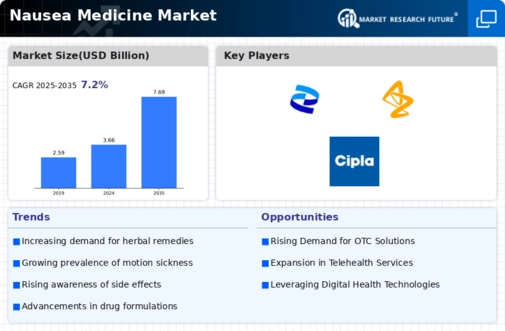
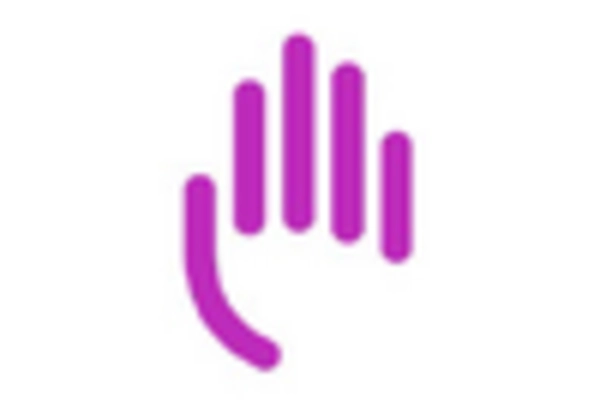
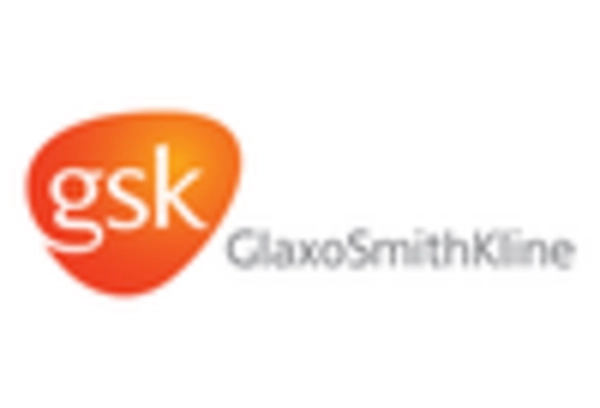
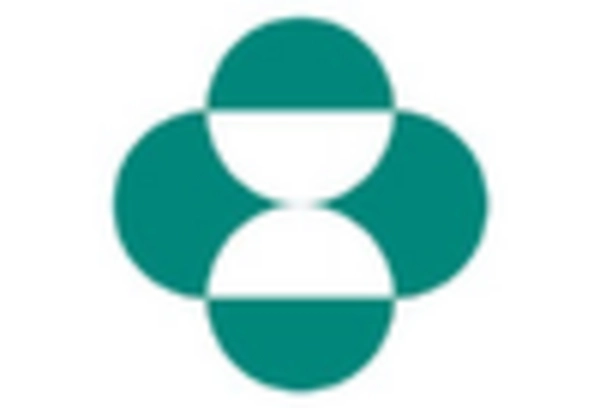
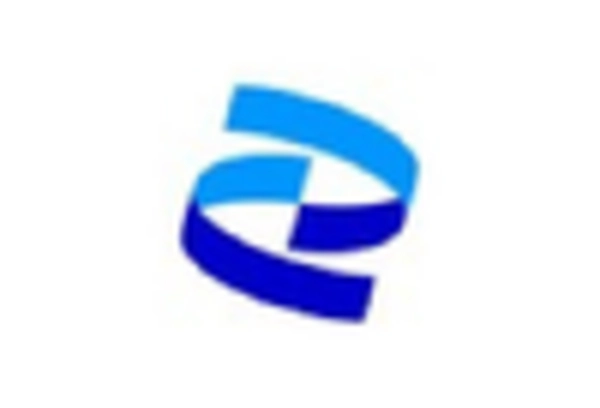
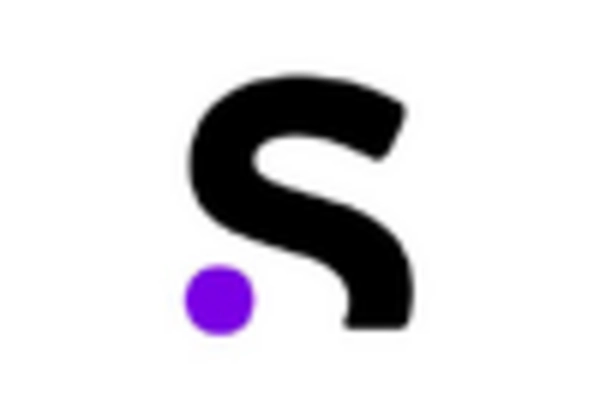
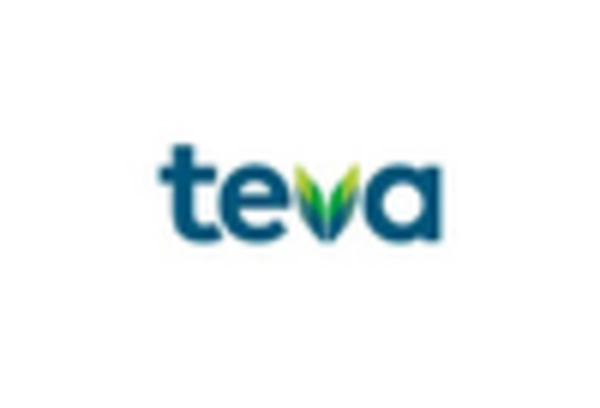









Leave a Comment